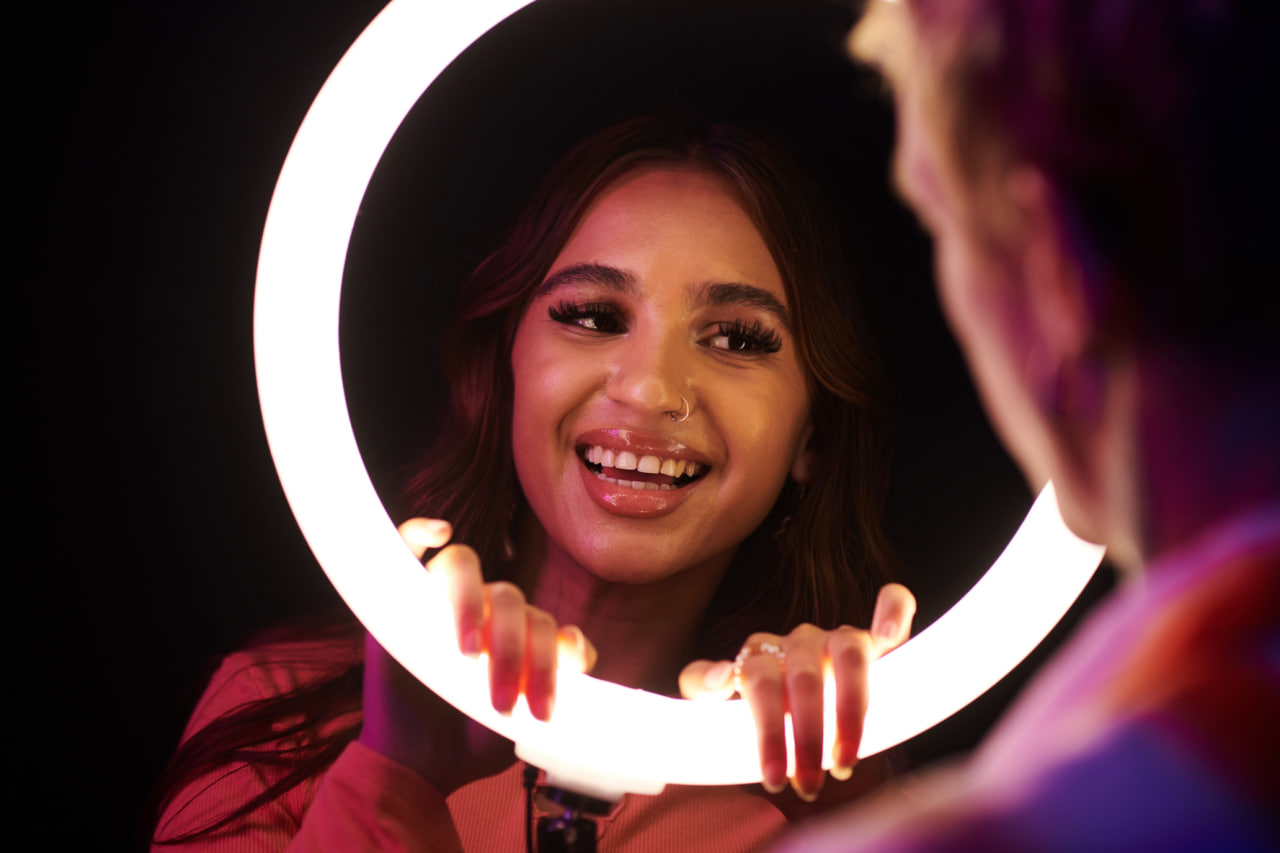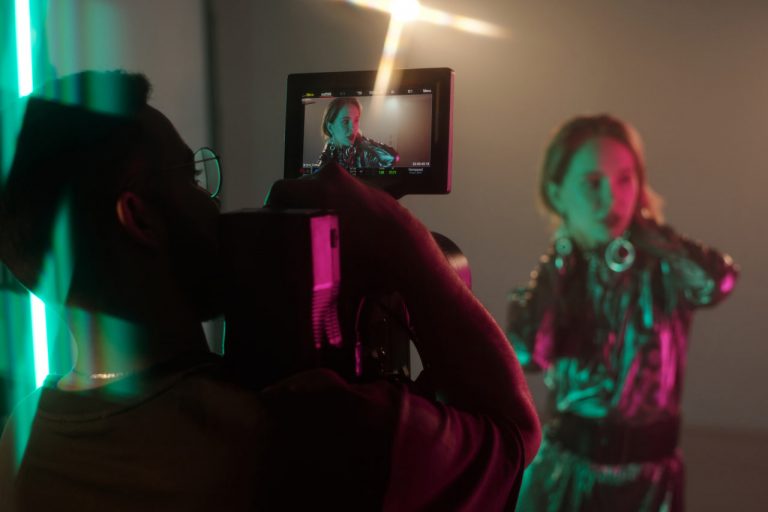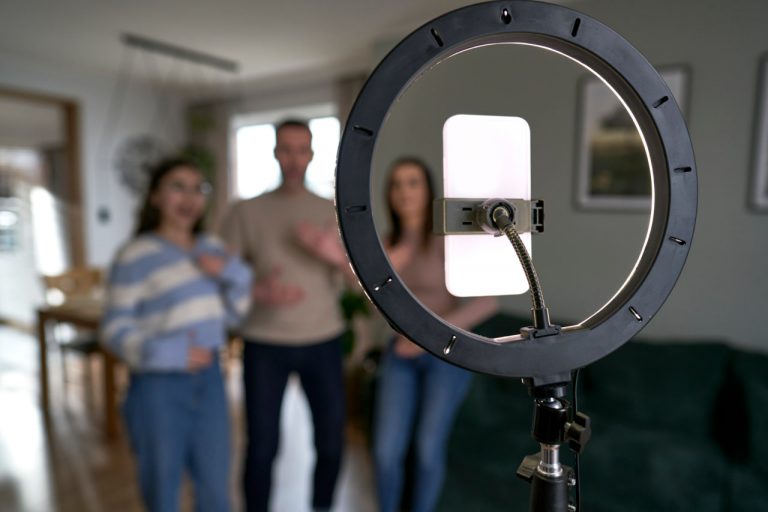How to Use Natural Light Creatively in Video Production
Understanding Natural Light and Its Qualities Natural light is one of the most beautiful and…
Understanding Natural Light and Its Qualities
Natural light is one of the most beautiful and dynamic sources of illumination available to videographers. Unlike artificial lights, natural light changes constantly throughout the day, offering a wide range of moods and effects. From the warm golden glow of sunrise and sunset to the soft, diffused light on an overcast day, understanding these qualities allows you to harness natural light creatively to enhance your videos.
Planning Your Shoot Around the Sun
The position of the sun is a key factor in natural lighting. Shooting during the “golden hour,” which occurs shortly after sunrise and before sunset, provides a soft, warm, and flattering light that adds depth and richness to your footage. Conversely, midday sun is harsher and creates strong shadows that can be challenging but also offer opportunities for dramatic contrast. Planning your shoot schedule around these natural variations helps you take advantage of the best lighting conditions for your story.
Using Reflectors and Diffusers to Shape Natural Light
Even though natural light is abundant, it can sometimes be too harsh or uneven. Using reflectors to bounce sunlight onto your subject can fill in shadows and create a more balanced exposure without additional electrical equipment. Diffusers, such as translucent fabric or professional diffusion panels, soften direct sunlight, reducing harsh highlights and creating a gentle, even light that’s perfect for portraits and close-ups. These simple tools give you control over natural light and allow you to sculpt it to fit your creative vision.
Incorporating Shadows and Silhouettes for Dramatic Effect
Creative use of natural shadows and silhouettes can add mood and storytelling depth to your video. Backlighting your subject with the sun positioned behind them can create striking silhouettes, emphasizing shapes and movement. Shadows cast by trees, blinds, or architectural elements can introduce interesting patterns and textures, adding layers to your composition. Experimenting with these effects helps you tell stories visually and evoke emotions without relying solely on color or dialogue.
Balancing Natural Light with Artificial Fill Lights
Sometimes, natural light alone isn’t enough to achieve the desired look or consistency throughout a scene. Combining natural light with artificial fill lights allows you to maintain control while keeping the authentic feel of daylight. For example, adding a small LED panel or a bounce card can brighten shadowed areas without overpowering the natural sunlight. This hybrid approach gives you flexibility, especially in indoor or mixed lighting environments.
Adjusting Camera Settings to Complement Natural Light
To make the most of natural light, it’s important to adjust your camera settings accordingly. Lowering the ISO helps maintain image quality in bright conditions, while aperture and shutter speed adjustments control depth of field and motion blur. Using neutral density (ND) filters can help manage exposure in strong sunlight by reducing the amount of light entering the lens without affecting color balance. Mastering these settings ensures your footage looks crisp, well-exposed, and true to the natural lighting environment.
Embracing Weather and Environmental Changes
Natural light is unpredictable, but this unpredictability can work to your advantage. Clouds, fog, rain, and even snow alter the quality and mood of light, providing unique atmospheres for storytelling. Embracing these changes and planning shoots that adapt to weather conditions can result in visually compelling footage with a distinct aesthetic. Being flexible and responsive to the environment allows you to capture moments that artificial lighting might never replicate.




